New York’s Subway Disaster vs Tokyo’s Metro Triumph
Imagine living in a city where you can hop on a train and get to your destination without any hassle.
Where you don’t have to worry about traffic jams, parking fees, or multiple transfers.
Where you can pay for your ride with a single card that works on any public transportation system in the country. Sounds like a dream, right?
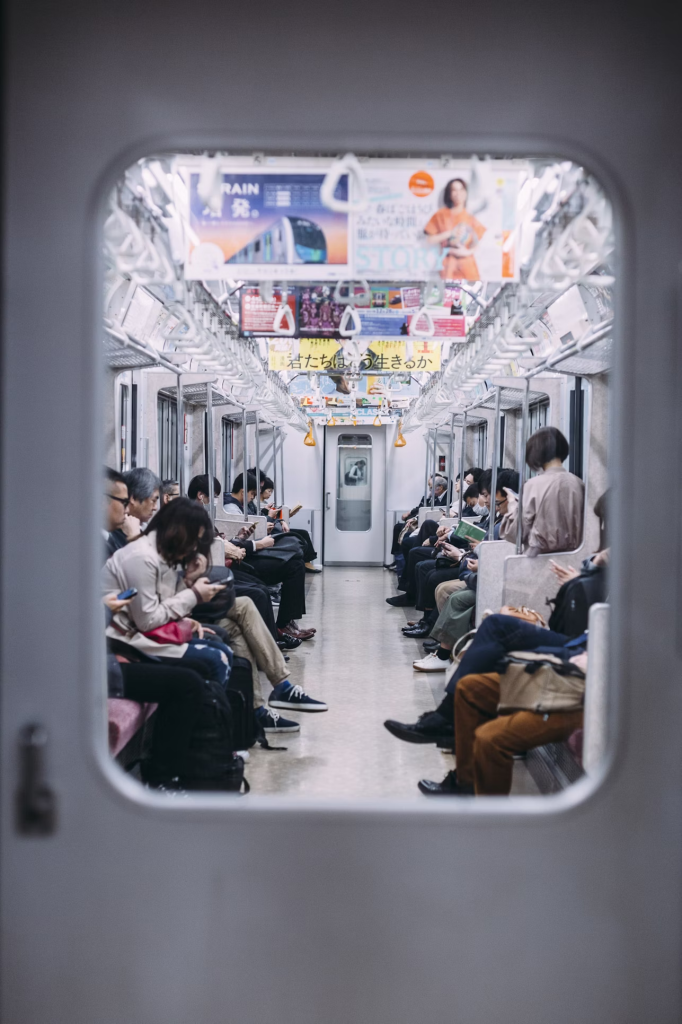
Well, for millions of people in Japan, this is their reality. Japan has the most efficient train system in the world, according to Statista. And Tokyo, its capital city, is the epitome of public transit excellence.
With around 15 million daily riders, Tokyo’s subway system is one of the busiest and most complex in the world. But it also runs smoothly, reliably, and affordably.

How did Japan achieve this feat? And why is the U.S. so far behind?
Let’s take a look at some of the key differences between Tokyo and New York, two of the world’s largest and most influential cities.
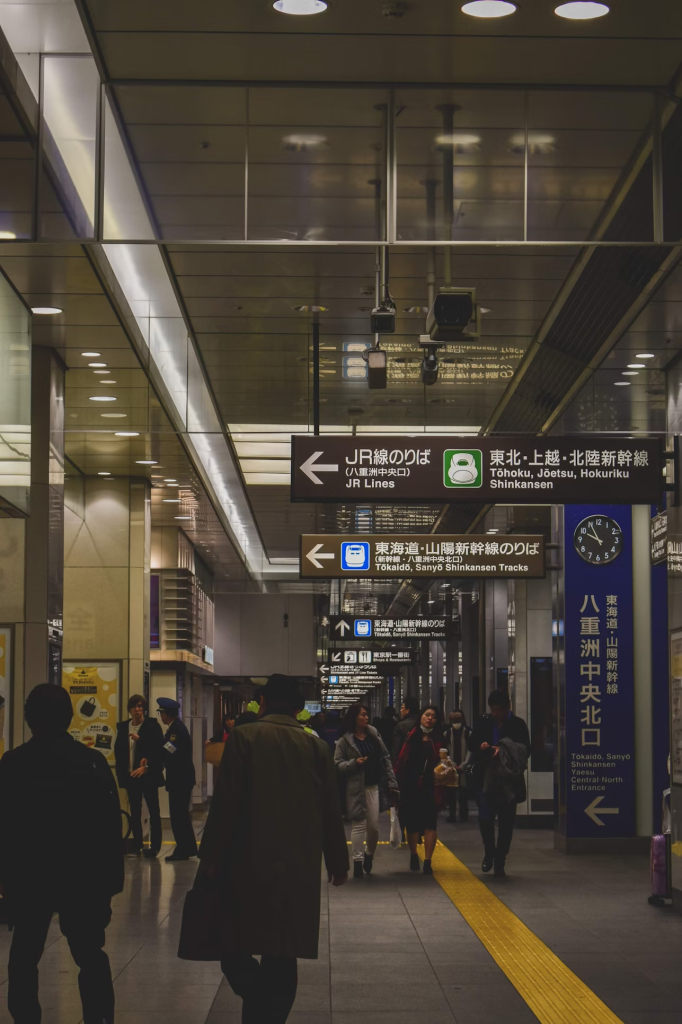
One of the main reasons why Tokyo’s subway system is so efficient is that it is well integrated with other modes of transportation.
Commuter rails, which bring people from the suburbs and neighboring cities, connect directly with city subway tracks. This reduces congestion and unnecessary transfers, making the commute faster and more convenient.
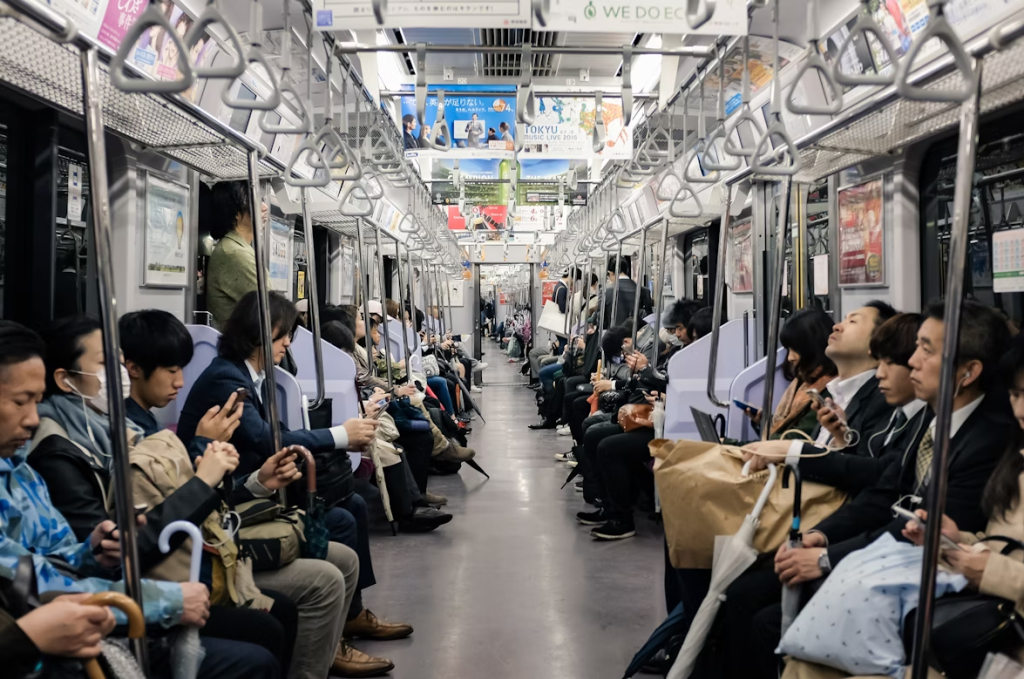
In New York, however, commuter rails are often run by different agencies and have separate payment systems. This means that riders have to switch trains and tickets when they enter the city, adding time and cost to their journey.
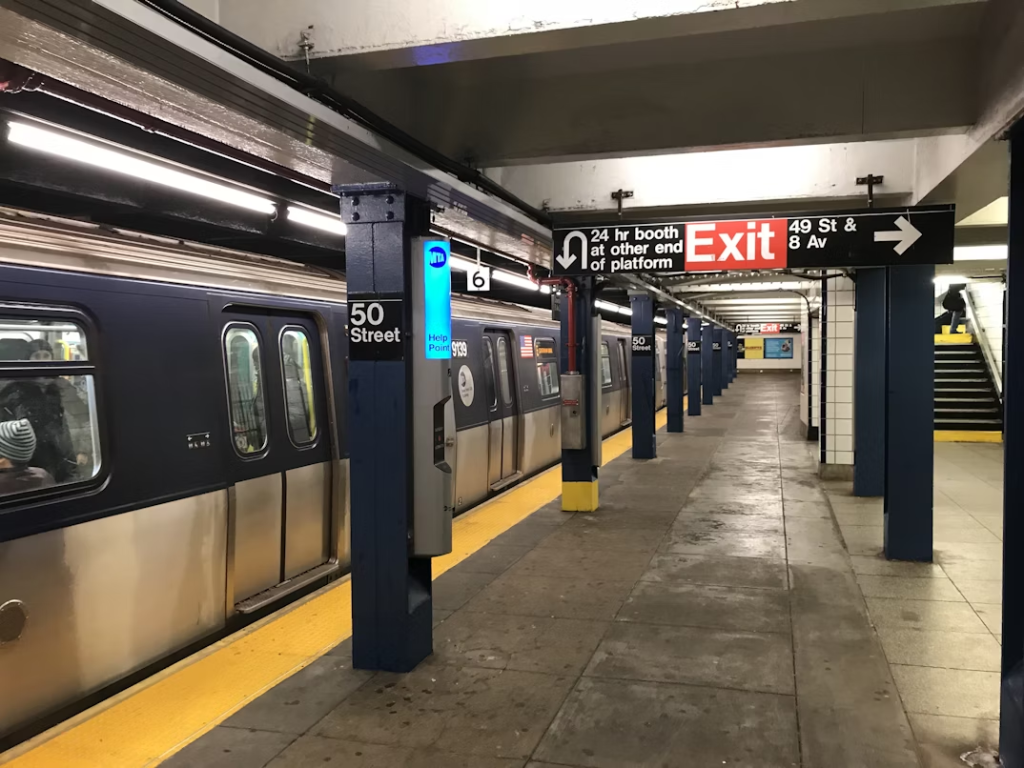
Another reason why Tokyo’s subway system is so successful is that it is well funded by the central government.
Japan has a long history of investing in public transportation, especially after World War II, when it rebuilt its infrastructure and economy.
The national government owns about 53% of Tokyo Metro, the largest subway company in the city, and the Metropolitan Government of Tokyo owns about 47%. This ensures that the subway system has enough resources to maintain and expand its network, as well as to keep its fares low and affordable.
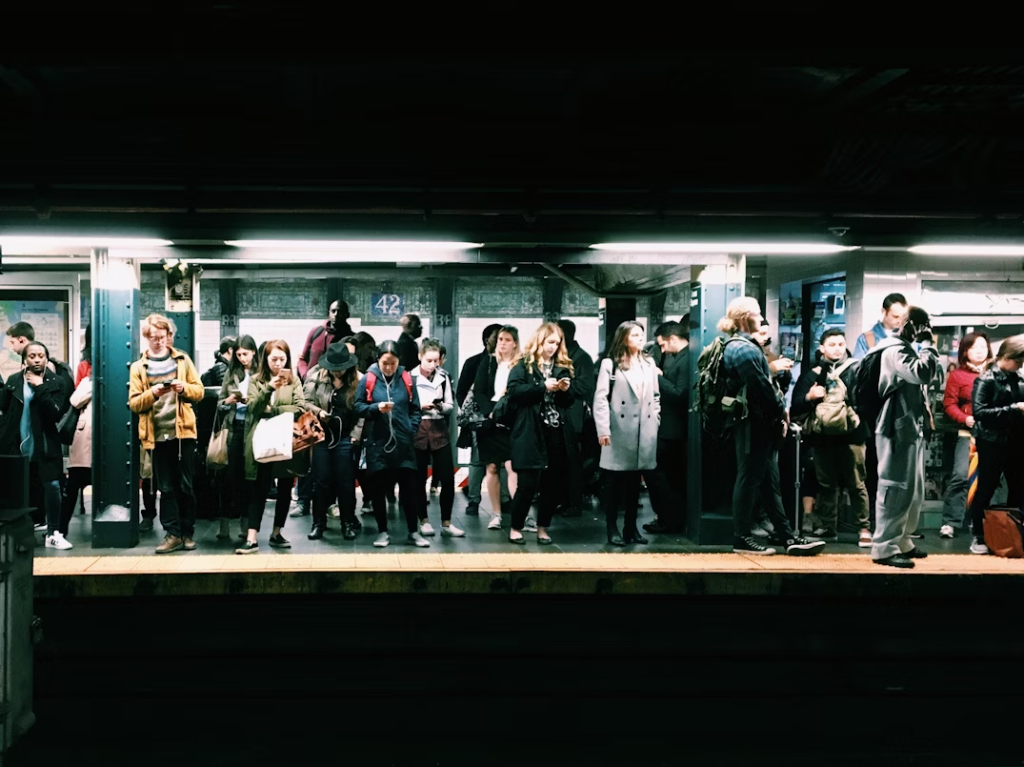
In contrast, the New York subway system is not owned by any private companies. Its funding comes from multiple sources, including taxes, the city and state governments, and some federal funding.
The subway system also sells bonds to raise money, which adds to its debt. The MTA, the agency that runs the subway, operates at a loss and has a huge debt burden. It is forecast to hit $47 billion by 2026. This makes it hard for the subway system to keep up with the demand and the maintenance needs of its aging infrastructure.
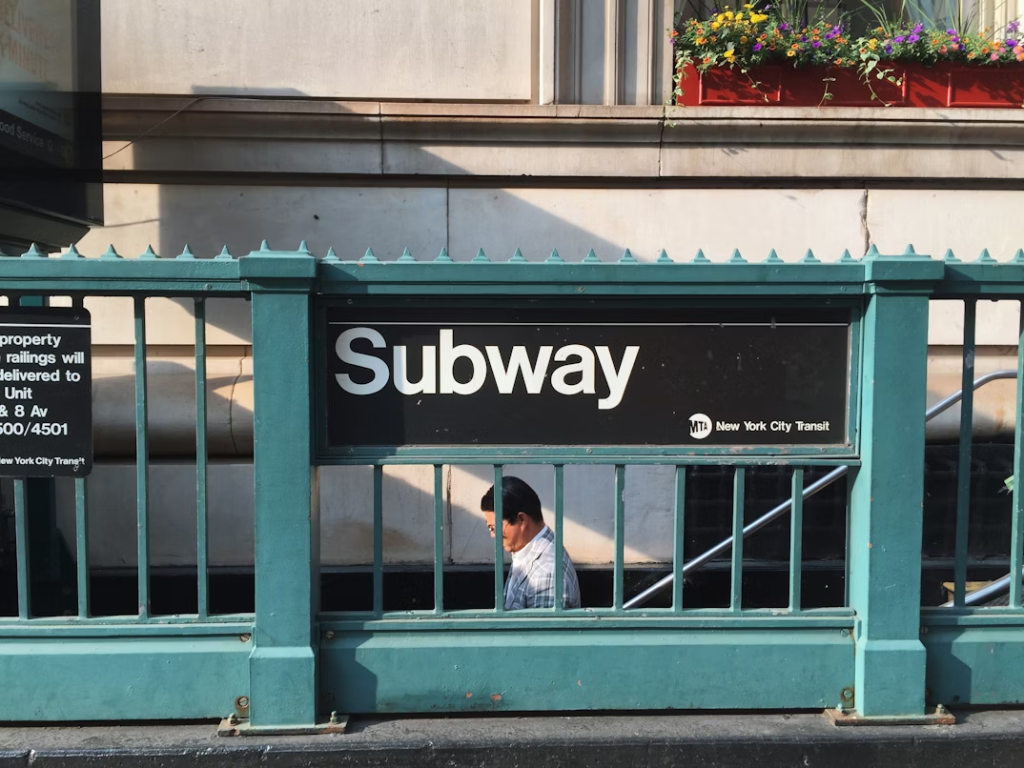
Tokyo and New York are both world-class cities that attract millions of visitors and residents every year. But when it comes to public transportation, Tokyo has a clear edge over New York.
Tokyo’s subway system is a model of efficiency, convenience, and affordability. It makes the city more livable, more sustainable, and more enjoyable.
New York, on the other hand, has a lot of room for improvement. It needs to invest more in its subway system, integrate it better with other modes of transportation, and make it easier and cheaper for riders to use. Only then can it catch up with Tokyo and offer a better transit experience for its people.